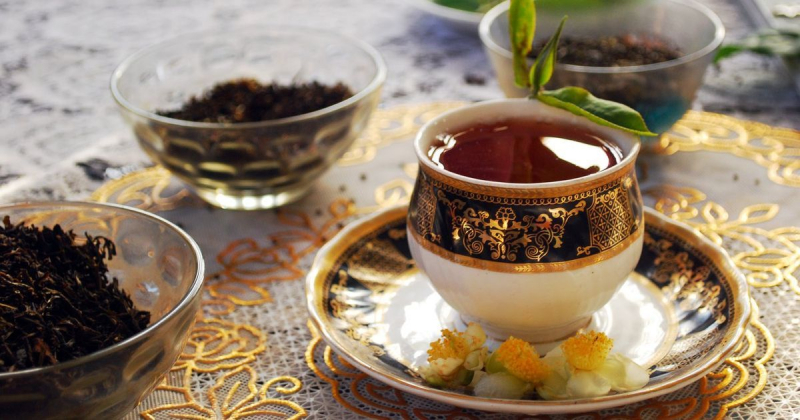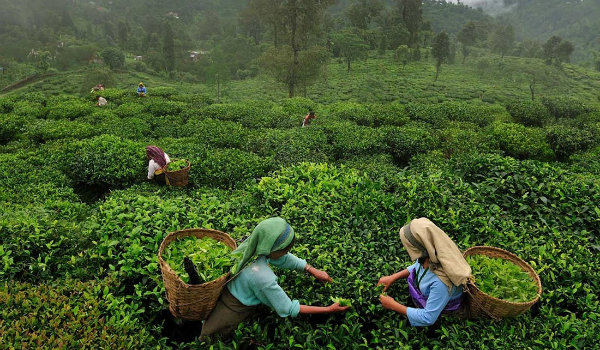India
India ranks second on this list, producing 1.2 million tons of tea per year. Tea was first introduced to India by silk caravans traveling from China to Europe centuries ago. Despite this early link, it wasn't until the British formally introduced the beverage to the culture that it really took off. The climate in the country is ideal for cultivating the plants, and the tea quality is comparable to that of China, and the British intended to break China's monopoly on tea production by cultivating it in their prized colony, India.
Tea is also an essential component of daily life here, just like it is in China. With tens of thousands of tea gardens scattered across the country, including well-known varieties like Darjeeling and Assam, India has a sizable tea market. India has more than a billion tea drinkers because more than half of the tea produced there is consumed domestically.
Tea is commonly referred to as "chai" in India. The East India Company began mass-producing tea during the reign of the British Empire. Without a doubt, Assam tea is well-known throughout the world. Along with Darjeeling, that is the state in which the majority of the tea produced in India is grown. The tea produced in Nilgiri's southern region is also well-known and widely consumed.
The Indian tea industry has developed into one of the most technologically advanced tea industries in the world, and it now owns numerous international tea brands. The Tea Board of India is in charge of overseeing tea production, certification, exportation, and all other aspects of the country's tea industry.












